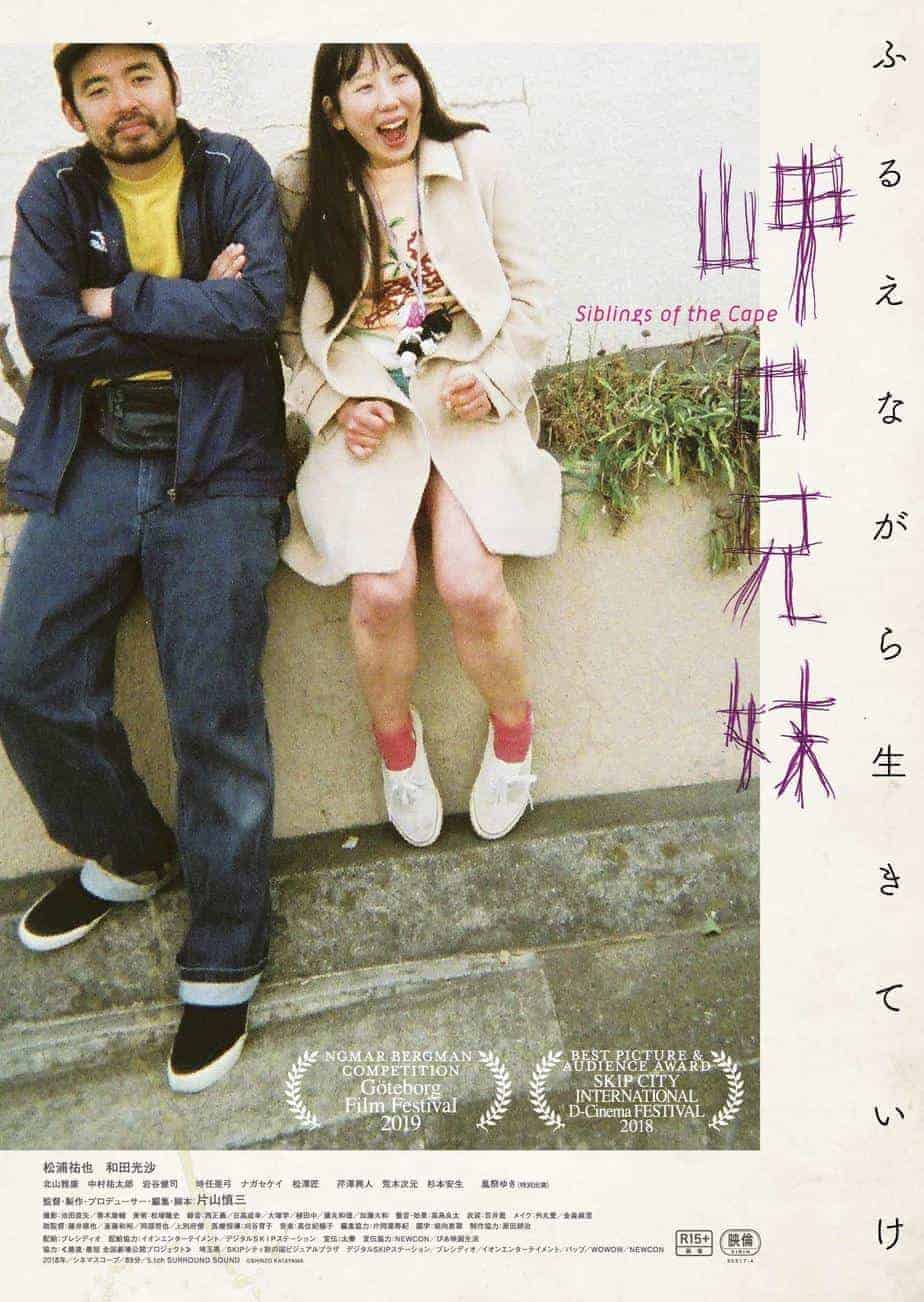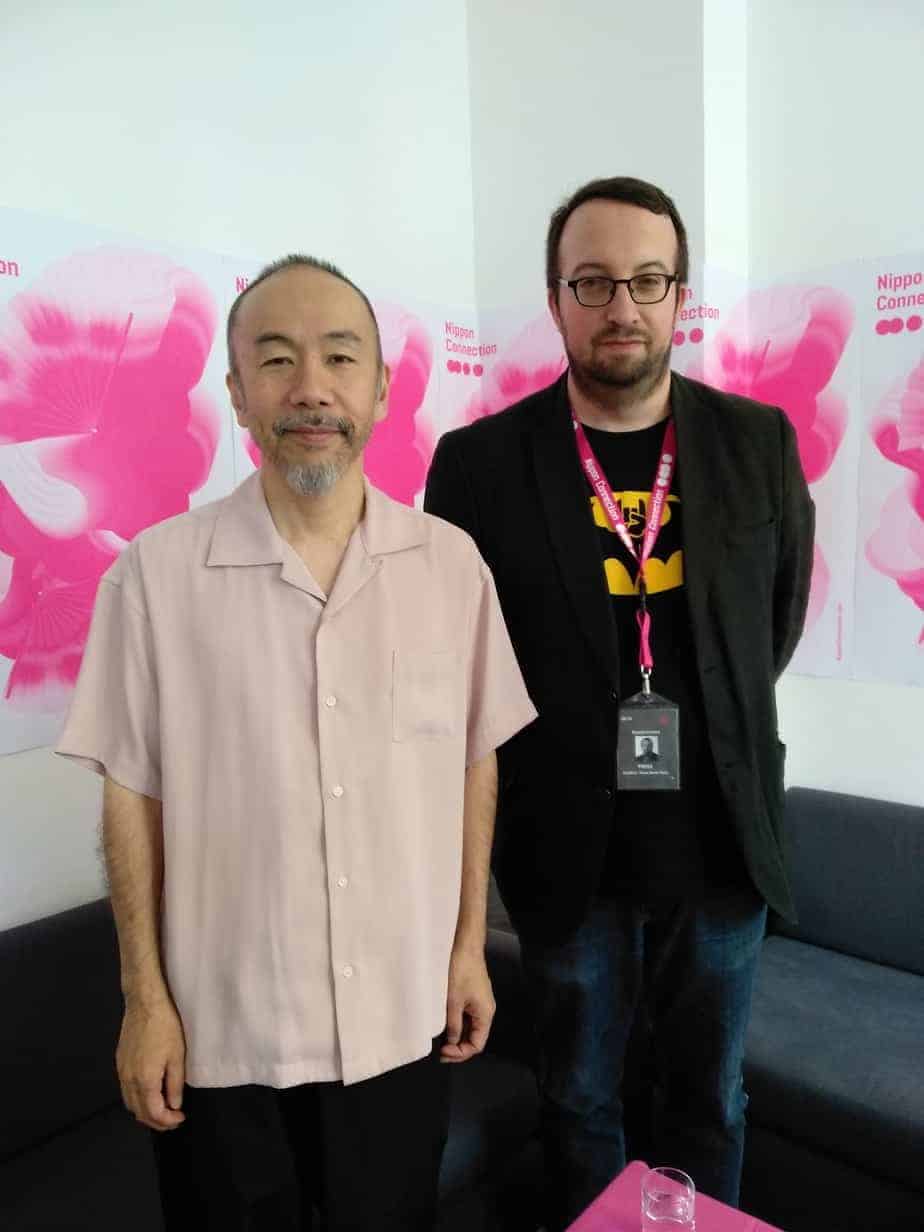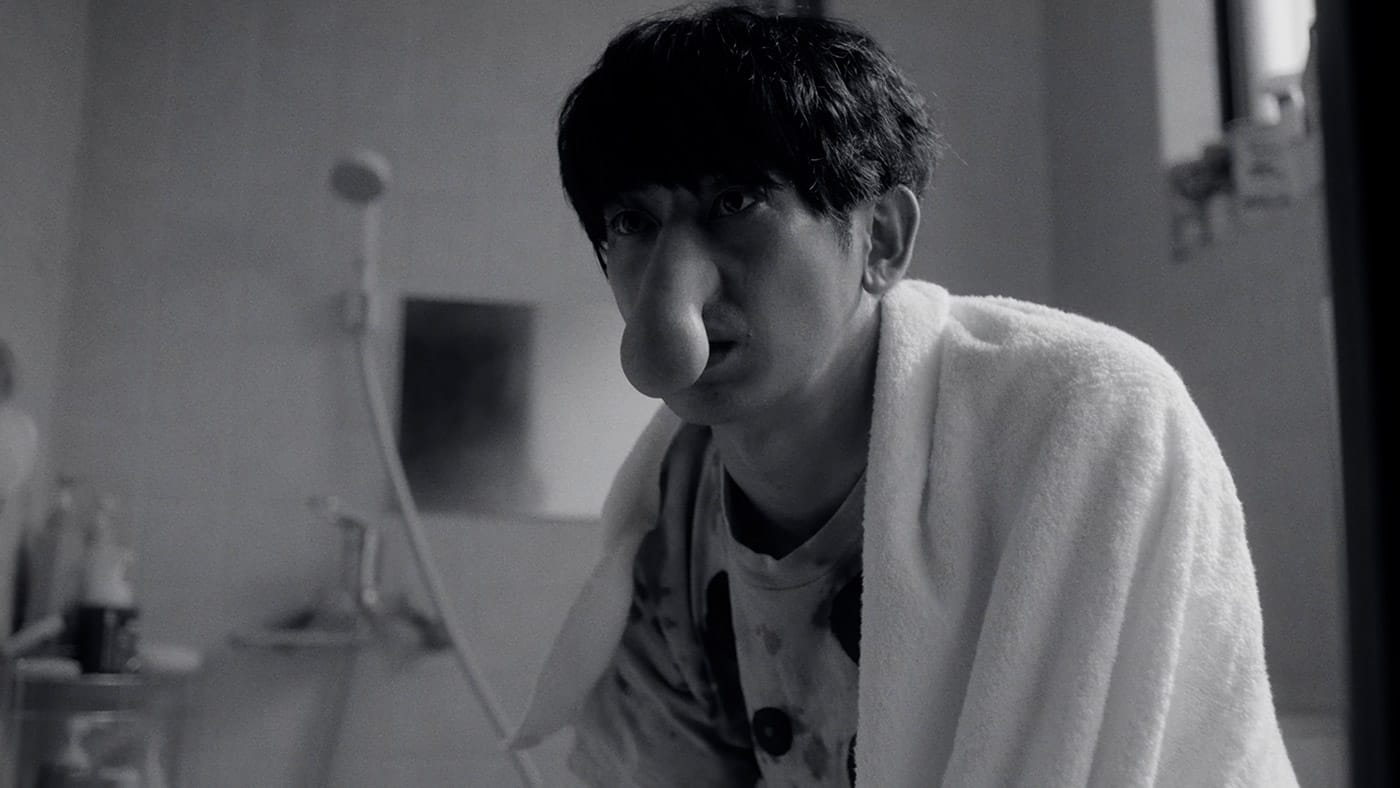12. Orphan's Blues (Riho Kudo, 2019, Japan)

Director Riho Kudo uses emotions and moods as a storytelling device where the narration leaves some opacity here and there. The story is lightly penciled, and then brought to life with vivid brush-strokes of intense emotions. Watching Emma fending off her derangement, worsening rapidly and going from concerned confusion to oblivious dementia is gut-wrenching. “Orphan's Blues” is a film that gets under your skin and Yukino Murakami really shines in Emma's role, giving a very physical performance with only sparse lines of dialogue. (Adriana Rosati)
13. Rakkhosh (Abhijit Kokate and Srivinay Salian, 2019, India)

Apart from this element, Abhijit Kokate and Srivinay Salian direct a film that unfolds in two axes that occasionally intermingle as Birsa's grip to reality becomes thinner. The first one has to do with his current situation in the asylum, and follows the rules of the crime thriller, while the second one tells the story of his past, which is revealed as one of domestic abuse, with much exploitation elements. Furthermore, both axes include some social commentary, revolving around patriarchy, prejudice against the mentally ill and the faults of the health system in that regard. (Panos Kotzathanasis)
14. Sadma (Balu Mahendra, 1983, India)
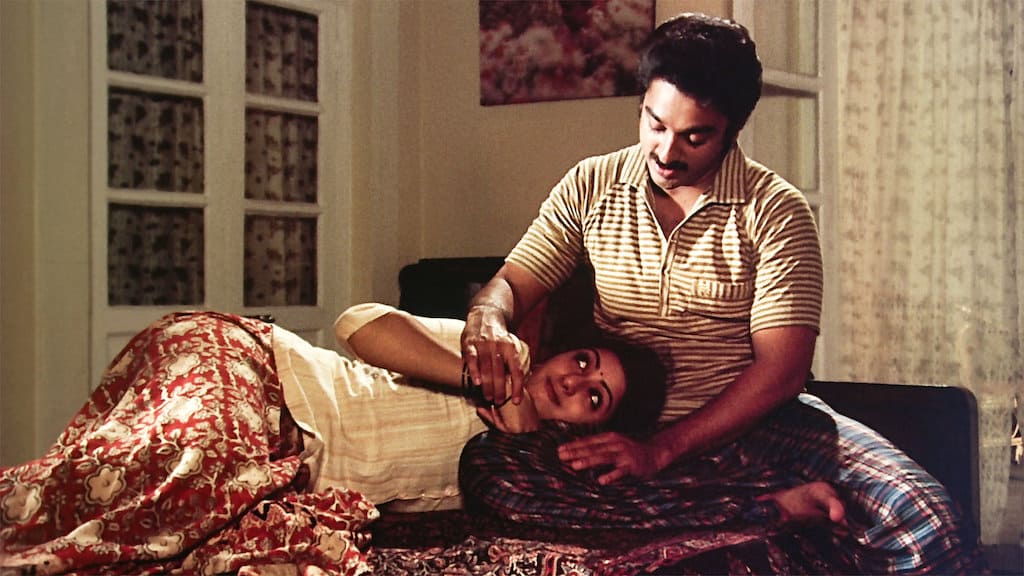
A head injury in a car crash causes a young woman to suffer from retrograde amnesia and as she regresses back into childhood, a young school teacher saves her from the clutches of a brothel and inevitable falls in love with the woman. There's something really beautiful about the way Somu, the school teacher takes care of the child-like Reshmi. In a career consisting of melodious compositions after melodies compositions, “Sadma” stands amongst composer Illayaraaja's finest works, with songs like “Surmayee Akhiyon Mein” and “Aye Zindagi Gale Laga Le” still remaining valid today. Kamal Haasan and Sridevi star in this career-defining film, a remake of Mahendra's own Tamil-language feature starring the two actors and it is to both of their credit that, by the time the story reaches that final heart-wrenching scene, there is not a single dry eye left in the room. Truly the definition of a “timeless classic”! (Rhythm Zaveri)
15. Siblings of the Cave (Shinzo Katayama, 2018, Japan)
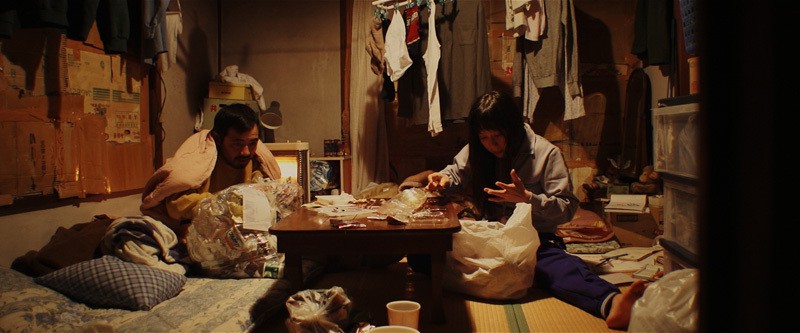
One could say that the film shows where despair, and particularly the lack of financial stability, family and friends can lead a man, but the level humans can sink themselves actually dominates the narrative, not just due to Yoshio's actions, but also due to his clients, who do not shy away from paying for sex with an obviously sick woman. This is not the world Lee Chang-dong painted in “Oasis”, where elements of surrealism and romance toned down the situation. In Katayama's world there is no solace due to love, no hope at all, just a never-ending downward spiral towards inhumanity, for an individual (Yoshio) that seems too far gone to even consider “being saved” or even retaining any kind of dignity. (Panos Kotzathanasis)
Buy This Title
16. The Marriage Project (Atieh Attarzadeh and Hesam Eslami, 2020, Iran)

This concept has been in the mind of the head of Ehsan House, a privately funded mental institute in Tehran, which has been taking care of patients for 20 years. More than 400 patients have lived in separate male and female quarters in that time, with no hope of ever leaving or sexual relations. However, as the documentary begins, the aforementioned has just secured a donation to fund the construction of a building of marital facilities for patients who would marry within the institute. Most of the members of the board, who are actually experts, are against this idea, stating that the patients are not ready for this kind of relation, also stating religious reasons and the consequences of a potential pregnancy. A number of patients, however, are truly eager for a concept like that, as they reveal to the camera, and the head of the institute eventually exercises his authority and orders his colleagues to begin a “vetting” of potential viable couples. During this research, a number of hidden affections come to the fore, and the committee eventually selects two patients to form the first couple. The rest of the documentary deals with both the effort of the selected couple to proceed and the patients who were not selected but are still in need of human relationships. (Panos Kotzathanasis)
17. Til Madness Do Us Part (Wang Bing, 2013, China)
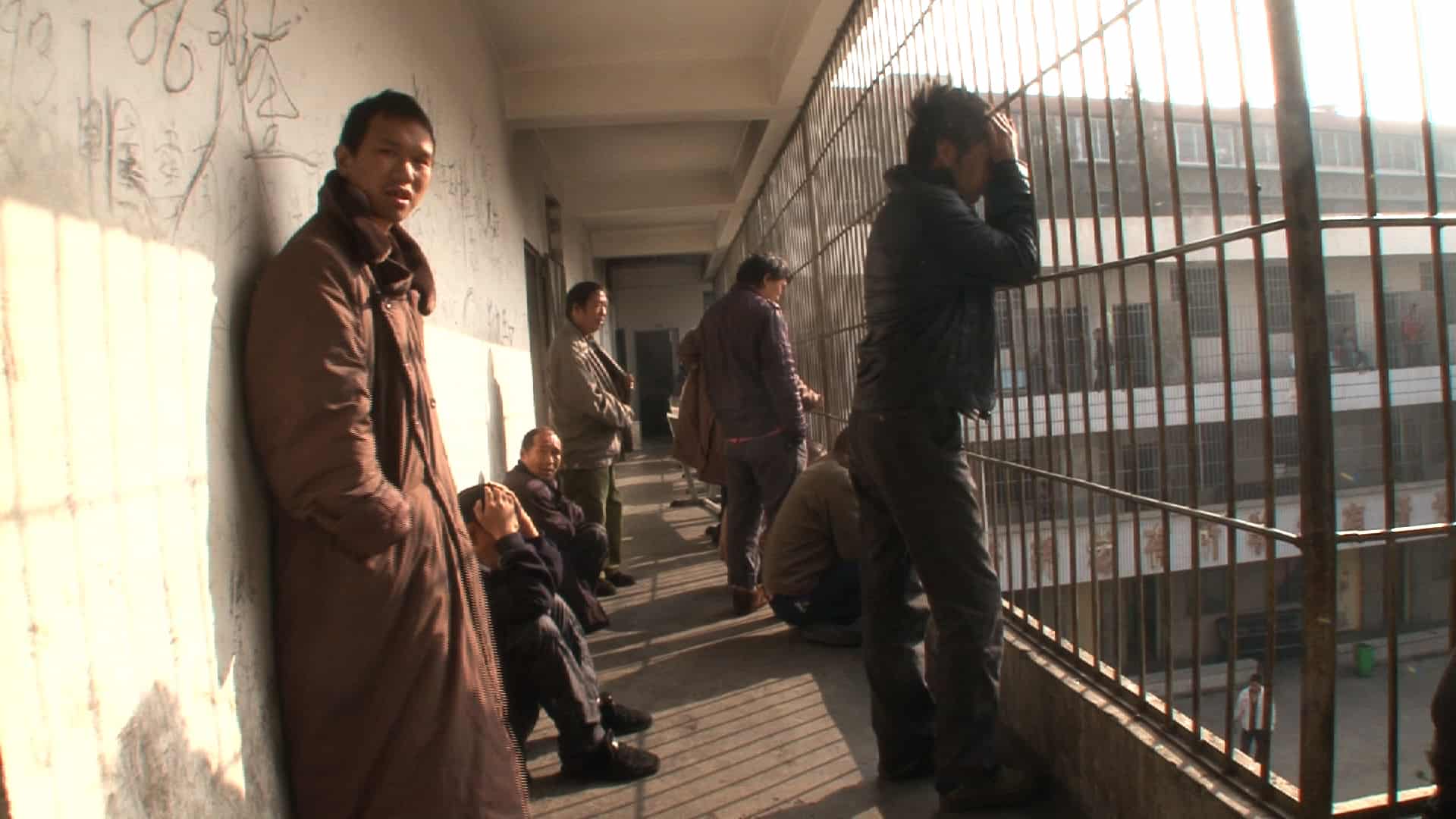
A hospital unlike any. There are no doctors or nurses to check on the patients regularly. Where mentally unstable patients require constant care and help, here they are left to fend for themselves. Piss where they want to piss. There is nobody around to tell them how to behave with or be wary of fellow patients, who may or may not be murderers. Wang Bing's subject is a Yunan mental asylum. His camera is unforgiving, unflinching. The interviewees are unstable, yet oddly stable and adaptive in the environment. The atmosphere of claustrophobia is tremendously unrelentingly. This is “Til Madness Do Us Part” by Chinese director Wang Bing, an entrapping documentary that is a punishing but highly necessary watch. (Rhythm Zaveri)


